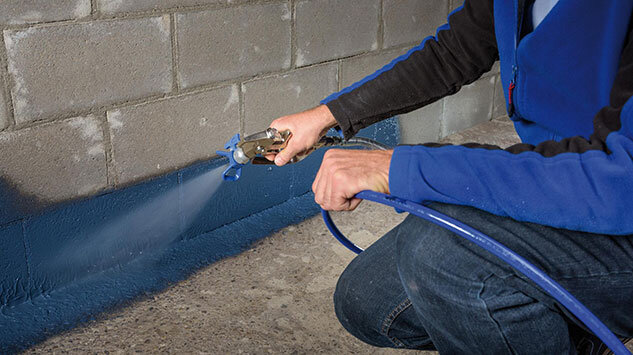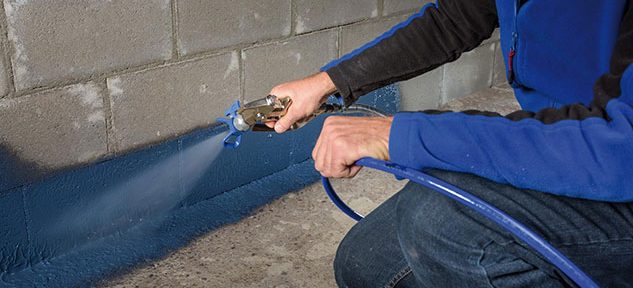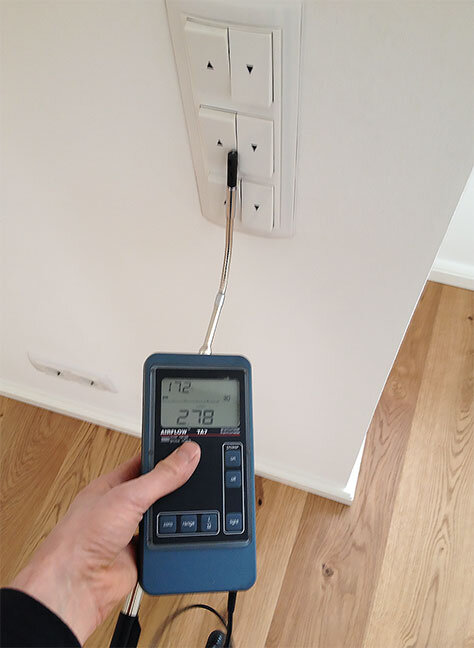Continuation of Part 6: Problem with skylights: adhesive bonds at corners
Airtightness on refurbishment projects is particularly challenging, as uneven subsurfaces and walls that are not straight are commonly encountered. These are often covered over with a lightweight wall made of plasterboard to create a clean, even new surface in refurbishment situations. However, non-sealed elements such as unplastered masonry in the building envelope are generally not taken care of first.
Air flow is possible behind structures of this type, and these structures need to be improved. The rule of thumb here is: applying coatings is better than fitting cladding over these surfaces. It is sufficient to apply a smooth plaster finish to unplastered or porous masonry areas in order to prevent the flow of air. Alternatively, a sprayable plastic sealant can be applied to the surface. To achieve more reliable results, blower door testing during construction can identify weaknesses in this regard at an early stage.
This series of articles summarises typical, challenging joint situations and shows how technicians can find practical solutions for these challenges. It also provides an overview of the detail features for which prefabricated solutions are available that allow tradespeople to achieve airtightness in a quick, easy and reliable manner.

This Series was wirtten by Jens Lüder Herms and Holger Merkel

Jens Lüder Herms, carpenter and graduate engineer, Export Manager and Application Technology specialist, pro clima Research and Development,, www.proclima.de. He provides insights into his work on Twitter and Instagram.

Holger Merkel, provider of blower door measurement services, speaker at the pro clima Knowledge Lab and instructor for certification courses.. He has documented examples of leaks in his most recent project www.zieht-wie-hechtsupp.de. He also publishes specialist articles on issues such as blower door tests on www.airtight-junkies.de.


